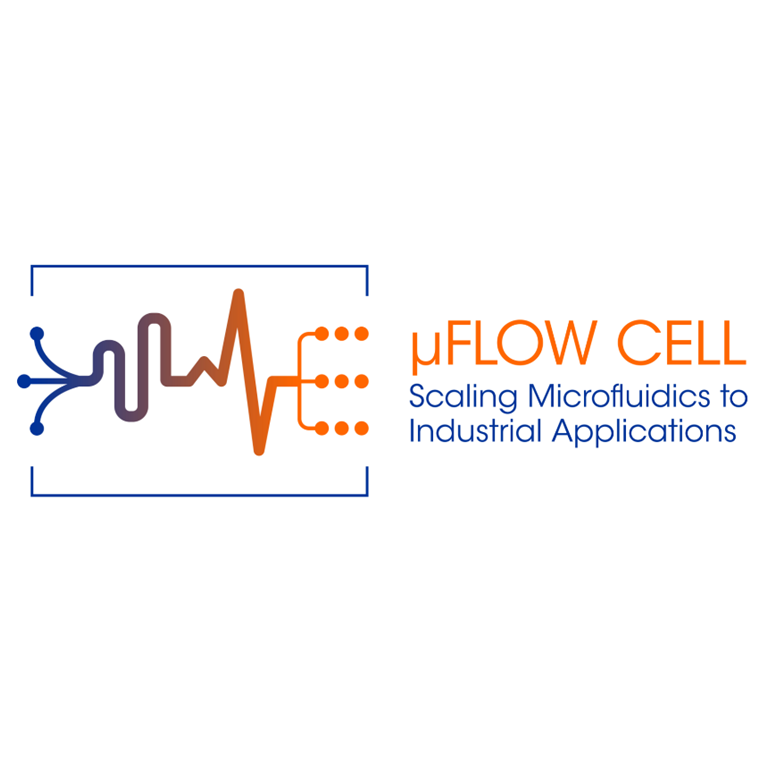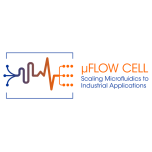
microASSIST: microfluidic approach to produce drug loaded microspheres for assisted cell therapy
Next generation targets & therapeutics


Information
AUTHORS
Jordy Stichelmans(1), Bharani Sekar(1), Gusta Irem Sakiz(2), Iwona Ziemecka(2), Wim De Malsche(2,3), Filip Legin(3), Karine Hellemans(1,3)
ORGANISATIONS
Vrije Universiteit Brussel, Unit Diabetes Pathology and Therapy, Brussels, BELGIUM(1) Vrije Universiteit Brussel, Department of Bioengineering Sciences, Brussels, BELGIUM(2) Vrije Universiteit Brussel, µFlow Cell, Brussels, BELGIUM(3)
Abstract
Cell therapy has attracted increasing attention as a promising treatment strategy for a multitude of diseases such as diabetes, lung diseases, ischemic heart disease, cancer and others. Sustained release polymers have been widely investigated as tools to assist such therapies, but suffer from a lack of industrial scale production methods. Our goal is to create a microASSIST platform for the production of micron-sized PLGA spheres that can be used for the development of various slow-release applications using a microfluidics approach. In this context we are currently optimizing the production of glucocorticoid (GC) loaded microspheres as a strategy to engineer beta cell implants and to improve beta cell engraftment in type 1 diabetes. GCs are strong anti-inflammatory compounds but they also have been shown to promote beta cell proliferation and differentiation. PLGAs (poly-lactic-co-glycolide) hold EMA approval as drug delivery systems for parenteral administration under form of micro- or nanospheres, and it are ideal biodegradable polymers as they are easily processed into a final sterile product, they show no inflammation or toxic responses and they are fully resorbed by hydrolysis after fulfilling their purpose. We are currently comparing the characteristics of GC-loaded microspheres produced using an innovative microfluidics setup to spheres produced via a conventional mixing method. Conventional mixing results in highly polydisperse spheres with uncontrollable size, while microfluidics enables production of monodisperse particles of a predetermined size (CV < 5%). Comparative analysis of the release kinetics, biodegradability and biological effects in diabetes models is ongoing. We are also developing methods to upscale microfluidics production to industrial volumes.
Presenting author:
Contact Jordy Stichelmans on the Poster Session page for more information!
